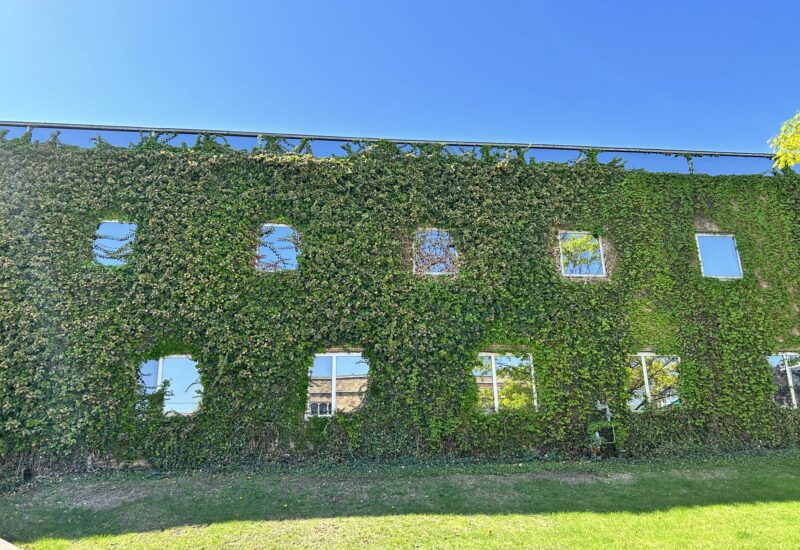While conducting an energy audit of a 5-year-old hotel, we looked into their tempered water system. This is a water loop that has both a heating source (boilers) and a cooling source (cooling towers) and maintains a relatively neutral temperature (in this case, around 80°F). This tempered water system serves a large number of water source heat pumps in the building, from ballroom units to guestroom units, and keeps the temperature in the right range regardless of if the heat pumps are pulling heat from the water or passing it in.
The hotel’s tempered water system was doing its job; the setpoint was maintained and the spaces were kept comfortable. However, a look behind the curtain revealed that the boilers and cooling towers were operating at the same time, simultaneously heating and cooling the water to maintain setpoint. That is like driving a car with one foot on the gas and one on the brake, a lot of energy gets unnecessarily burned.
Whenever multiple systems control the same variable there is the danger of them working against each other. However, if the variable hits the setpoint, no one is going to notice efficiency issues unless they take the time to look behind the curtain. That’s why ongoing and re-commissioning processes can be so effective; even a simple operational checklist can reveal issues that don’t get looked at under even typical preventive maintenance. In busy day-to-day where we tend to run from task to task, it pays off to have such a process in place. In this case, the effort to fix a significant energy consumption issue was as small as adjusting a few setpoints on the building automation system.









